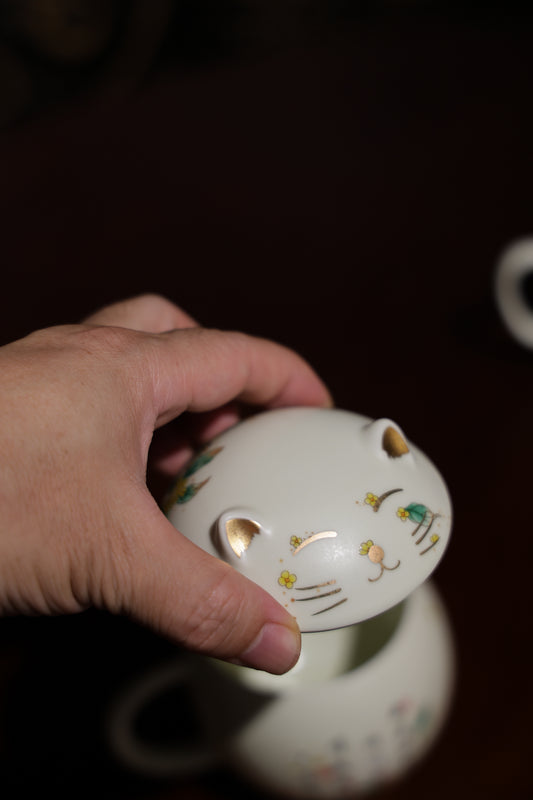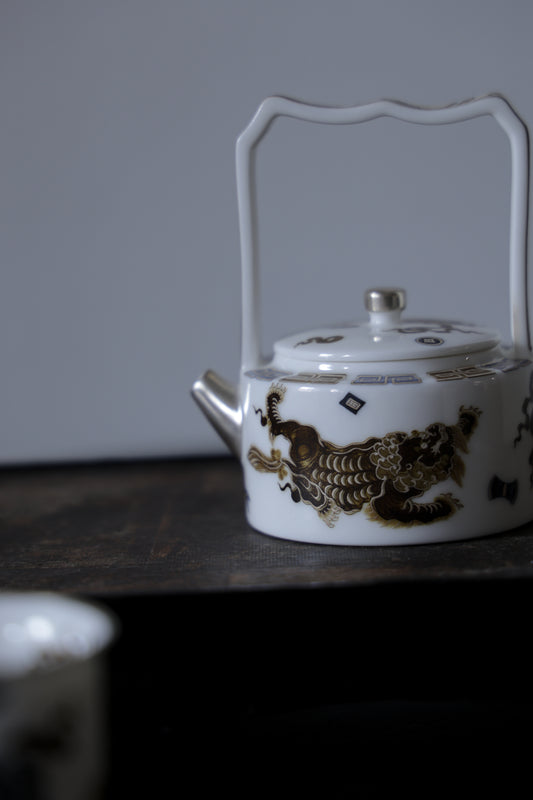
From Tradition to Innovation: The Birth of Best Ceramics
YuanKevinShare
Honestly, I never had a strong desire to start my own business. If given the choice, I’d prefer the stability of a regular job. Yet, life often has its own plans. In 2017, due to family circumstances, I returned to my hometown of Dehua and spent nearly a year with my parents. That year not only deepened my connection to my roots but also set me on the path of entrepreneurship.
Dehua, a small town known as the “Porcelain Capital,” holds 17 years of childhood memories for me. Back then, Dehua was a wonderland where porcelain could be found everywhere. As a local, buying porcelain was a rare occurrence since most families had relatives working in the industry. Our porcelain pieces were often factory seconds or “benefits” brought home by family members. I still vividly remember how even the tiniest glaze defect—a pinhole—would classify a piece as substandard. This pursuit of perfection, whether I realized it or not, left a lasting impression on me.
During my middle school summers, I worked in local factories, handling fine porcelain sculptures and figurines made for export. It was then I learned that Dehua porcelain had been shipped overseas since the Tang and Song dynasties. There’s even a humorous tale about the origin of the word “China”: porters carrying porcelain to Quanzhou Harbor were approached by Marco Polo’s crew, who asked, “What’s this?” Mistaking the question for an inquiry about their baskets, the porters replied in the Minnan dialect, “C-h-i-n-a” (菜篮, meaning “basket”). This misunderstanding, as the story goes, gave rise to the term “China.”



Pictures from the Dehua Culture and Sports Tourism Bureau
This is a series of photos documenting an event organized by the Dehua County government to retrace the ancient porcelain trade route. During the Tang and Song Dynasties, the people of Dehua carried porcelain along these paths to Quanzhou Port, where it was exported to Europe via the Maritime Silk Road.
Despite Dehua’s rich porcelain heritage, I never considered entering the industry. I only occasionally bought porcelain pieces from classmates to maintain relationships. However, that year, I noticed incredible changes in my hometown. The once-familiar streets now showcased not only the local dialect but also a mix of modern trends. The days of finding porcelain fragments in the streets were gone, replaced by a thriving diversity of products and artistic designs.
During this time, I discovered the craft of kintsugi and began restoring tea ware from the Ming and Qing dynasties. This experience gave me a newfound respect for ancient artisans, who were not just craftsmen but true artists. Their intricate sculptures and detailed drapery reflected an extraordinary balance of form and space. It was then I felt inspired to promote traditional culture, though I didn’t know where to begin.
By 2019, I realized that “doing” mattered more than “planning to do.” I decided to start with tea ware because Dehua’s white porcelain is among the best in the world. With a simple and straightforward name—Best Ceramics—I launched a tea ware website. For someone who rarely drank tea, this was undoubtedly a bold move.
From e-commerce to social media, everything was uncharted territory for me. But I kept learning with enthusiasm. More importantly, over the past five years, I’ve been fortunate to have your support. This encouragement fuels my persistence. Looking ahead, I hope to improve and bring more high-quality Dehua ceramics to you.


Fragments of broken porcelain discovered along the route.








